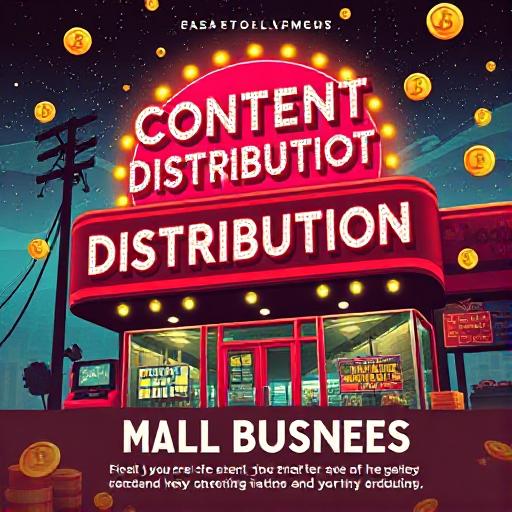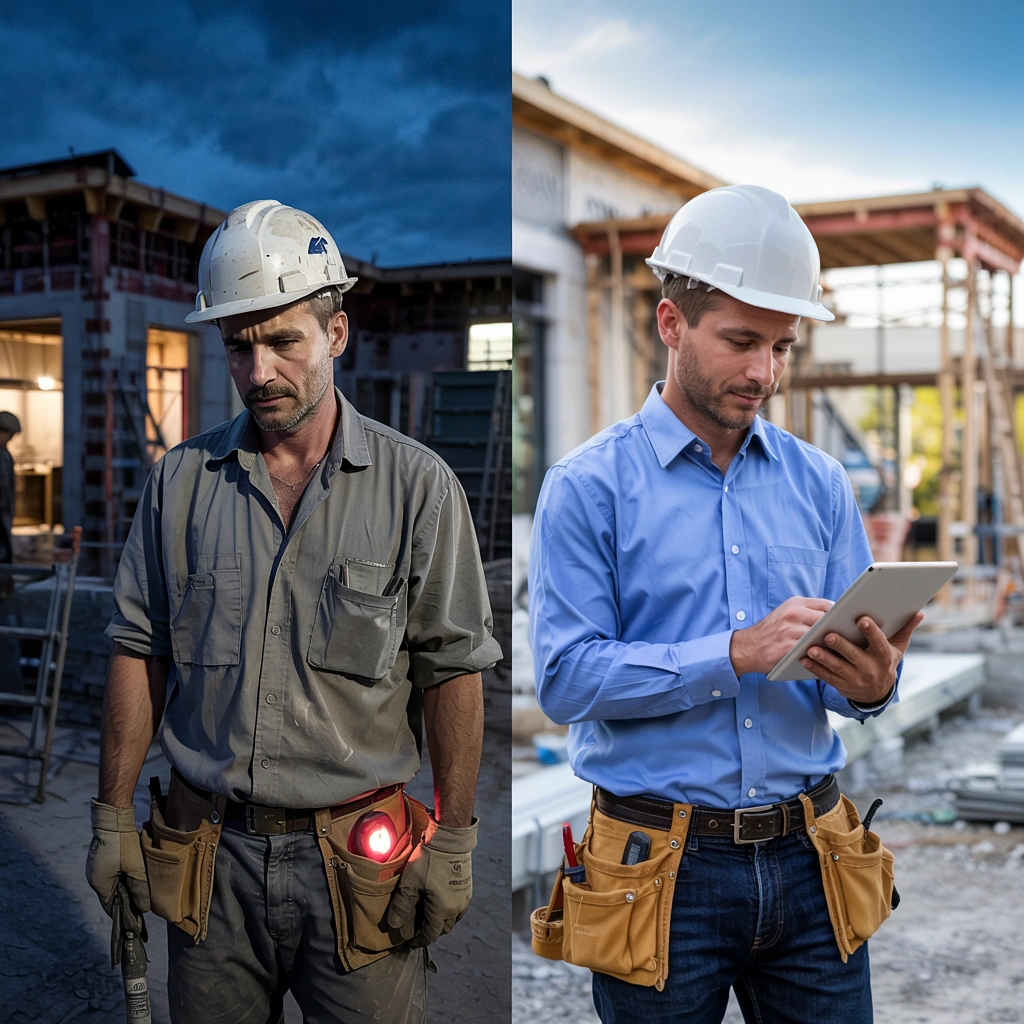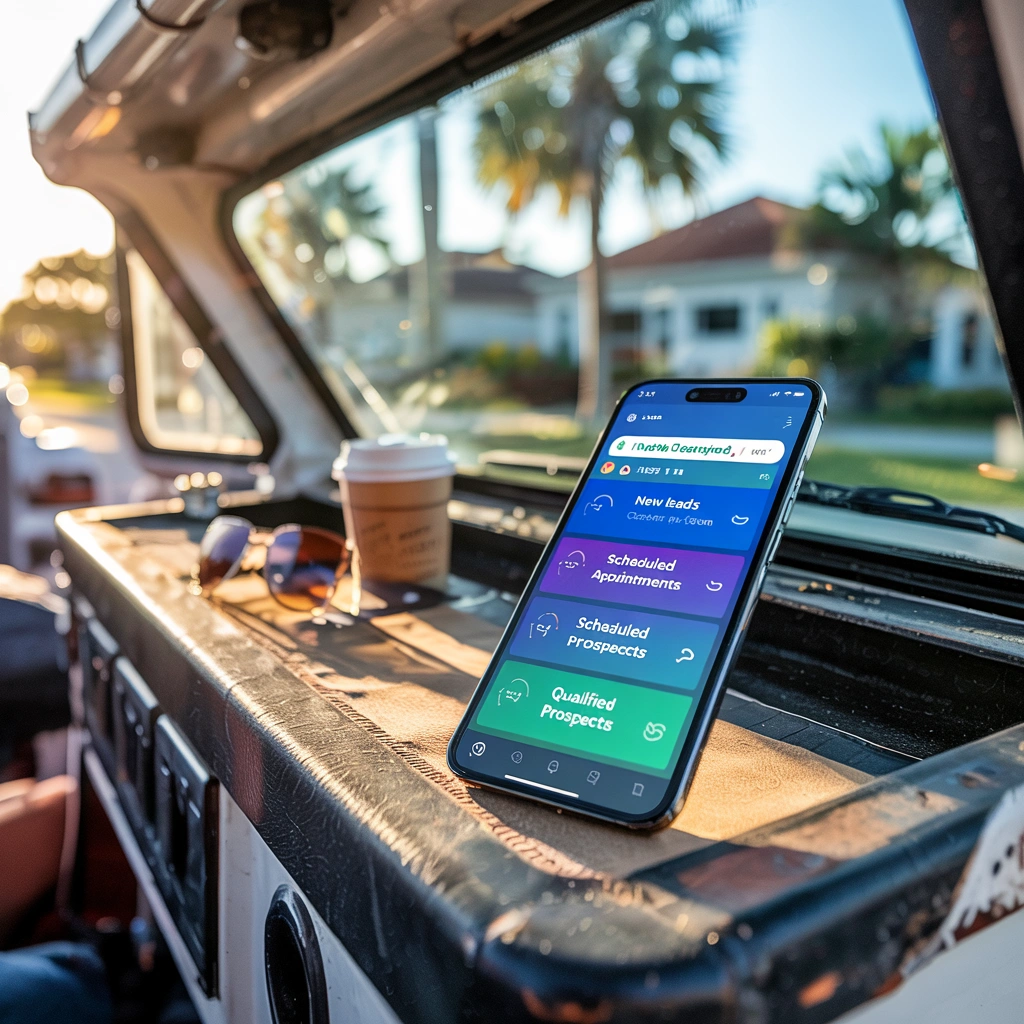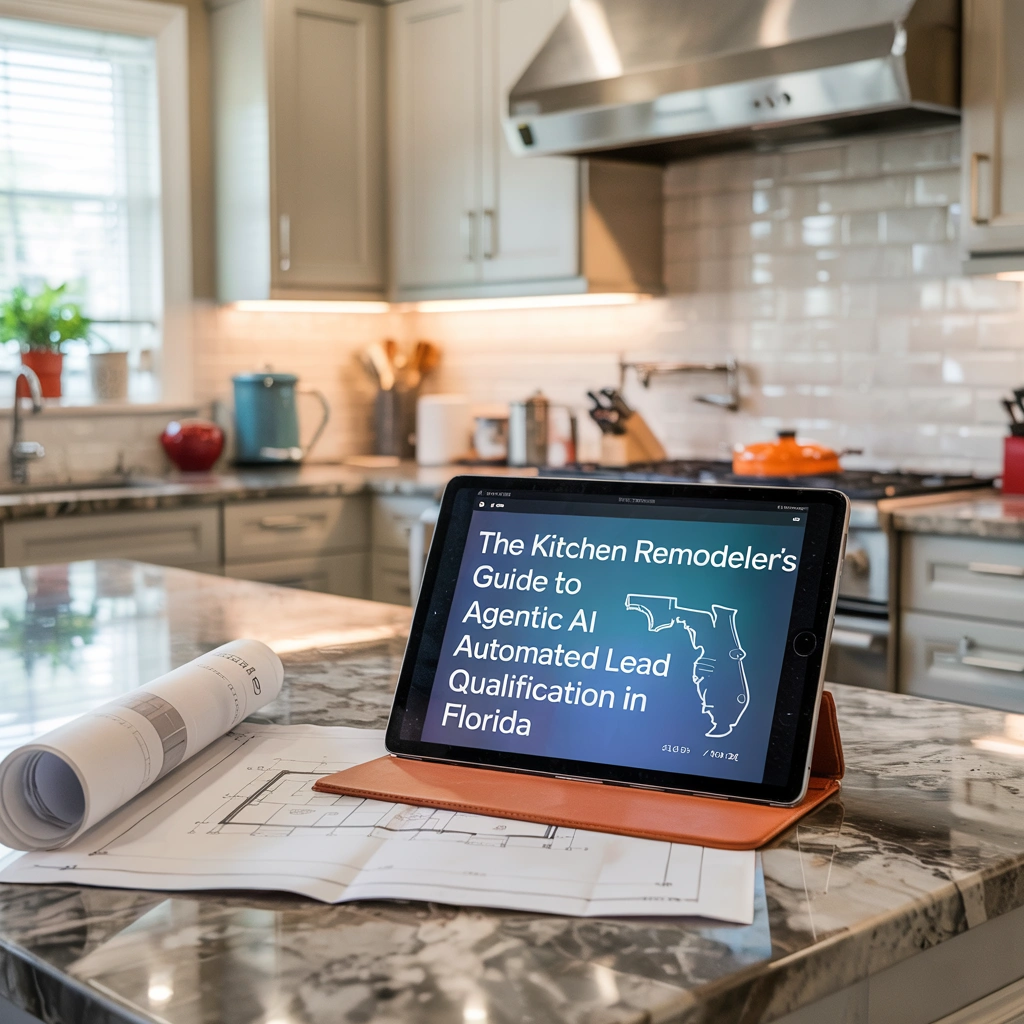
Proven Content Distribution Tactics Casa Verde Used to Gain More Interior Design Leads
The Starting Point: Beautiful Work, Invisible Online
When Maria Vasquez launched Casa Verde Interiors in Portland three years ago, she brought fifteen years of design expertise and a portfolio of stunning residential projects. What she didn’t have was internet visibility.
“I had a gorgeous website showcasing our best work, but almost nobody was finding it through Google,” Maria recalls. “Most of my clients came through referrals, which was great but limiting. I knew we needed more people to discover us online.”
Despite investing in professional photography and a sleek website, Casa Verde Interiors attracted only about 950 monthly website visitors. Most came directly (typing the URL) or through social media – very few found them through search.
Maria faced challenges common to small design businesses:
- Limited marketing budget
- No technical knowledge of content planning
- Uncertainty about where to focus limited time and resources
- Competition from larger design firms with bigger marketing teams
Setting Clear Goals with Limited Resources
Rather than attempting everything at once, Maria established specific, measurable objectives:
- Double the website visitors within 12 months
- Generate at least 5 quality project inquiries monthly from the website
- Achieve this without hiring full-time marketing staff
“I knew we needed a plan that worked with our budget constraints,” Maria explains. “I couldn’t afford a marketing agency, but I could invest some time and a modest budget into a focused strategy.”
The Foundation: Creating Content That Answers Real Questions
Maria began by identifying what potential clients searched for online. She used free keyword tools and listed questions from initial client consultations.
This research revealed potential clients weren’t typically searching for “interior designer Portland” – instead, they asked specific questions:
- “How to brighten a north-facing living room”
- “Best kitchen layouts for entertaining”
- “Sustainable flooring options for homes with pets”
“This was my lightbulb moment,” Maria says. “Instead of just showcasing our work, we needed to answer these specific questions to attract potential clients while they were researching their projects.”
Casa Verde developed a content plan focusing on three content types:
1. How-To Guides: Detailed articles addressing common design challenges, like “7 Ways to Maximize Natural Light in Portland Homes” and “Space-Saving Solutions for Small Urban Apartments.”
2. Project Spotlight: In-depth case studies highlighting specific design challenges and solutions, with before-and-after photography and client testimonials.
3. Resource Guides Curated lists of recommended products, materials, and local vendors, such as “Our 10 Favorite Sustainable Furniture Sources in Portland.”
Each piece included professional photography from Casa Verde’s projects, positioning Maria as both a helpful guide and showcasing her expertise through real examples.
Beyond Creation: Strategic Content Distribution
Maria quickly realized that simply publishing content on her website wasn’t enough – she needed a distribution strategy to amplify reach.
“I learned that distribution matters as much as creation,” Maria explains. “Having good content sitting on your website that nobody sees doesn’t help anyone.”
Casa Verde implemented a multi-channel distribution approach:
Visual Platforms First
Given interior design’s highly visual nature, Pinterest became Casa Verde’s primary distribution channel.
“Pinterest works differently from other social platforms,” Maria notes. “It’s a visual search engine where people actively look for ideas and solutions – perfect for interior design content.”
For each blog post, Maria created:
- 3-5 vertical pins with different images and text overlays
- Specific board organization by room type and style
- Descriptive captions with natural keywords
- Consistent pinning schedule (15 minutes daily)
Within six months, Pinterest became Casa Verde’s second-largest traffic source, bringing in over 400 monthly visitors.
Email Newsletter
Maria built an email list by offering a free download: “The Portland Homeowner’s Guide to Working With an Interior Designer.” This 12-page PDF provided genuine value while showcasing Casa Verde’s approach.
New subscribers received a welcome sequence of helpful emails, followed by monthly newsletters featuring:
- Latest blog content
- Behind-the-scenes project updates
- Seasonal design tips
- Occasional promotion of consultation services
“Our email open rates average 32%, well above industry standards,” Maria notes. “We’re reaching people who genuinely want our content.”
Strategic Partnerships
Instead of trying to reach everyone, Maria focused on building relationships with complementary local businesses:
- Local Realtors: Provided exclusive content for high-end realtors to share with clients buying new homes
- Home Builders: Created co-branded material about interior design considerations for new construction
- Furniture Stores: Collaborated on room styling workshops with local retailers
These partnerships expanded Casa Verde’s reach to relevant audiences without additional advertising costs.
The Results: More Visitors, Better Leads, Real Business Growth
After 12 months of consistent implementation, Casa Verde’s results were remarkable:
- Website traffic doubled from 950 to 1,920 monthly visitors
- Organic search traffic tripled from 210 to 630 monthly visitors
- Time on site increased from 1:20 to 3:45 minutes
- Contact form submissions grew from 8 to 22 monthly
- Project inquiries improved from 2 to 7 quality leads monthly
Most importantly, this traffic growth directly translated to business results:
- New client projects increased by 45%
- Average project size grew by 22%
- Revenue increased by over $120,000 compared to the previous year
Maria invested approximately $8,500 in content creation (freelance writer, photographer) and distribution tools over the year, yielding a substantial return on that investment.
Traffic Sources Before and After
| Traffic Source | Before Strategy | After 12 Months | Change |
|---|---|---|---|
| Direct | 410 | 520 | +27% |
| Organic Search | 210 | 630 | +200% |
| 95 | 420 | +342% | |
| 40 | 190 | +375% | |
| Other Social | 195 | 160 | -18% |
| Total | 950 | 1,920 | +102% |
Key Lessons from Casa Verde’s Success
Maria’s experience offers valuable insights for other small businesses looking to grow through content:
1. Begin with Customer Questions
“Creating content for content’s sake wastes resources,” Maria advises. “Focus on answering real questions your potential clients are asking.”
Casa Verde’s most successful content directly addressed specific homeowner challenges with practical, actionable advice. These articles naturally incorporated relevant terms without sounding forced or technical.
2. Quality Trumps Quantity
Rather than rushing to publish weekly, Casa Verde prioritized depth and quality, publishing just 2-3 substantial pieces monthly.
“Each piece needed to be genuinely useful and visually stunning,” Maria explains. “We’ve found that one excellent article continues bringing traffic months later, while five mediocre ones quickly fade.”
3. Distribute Through the Right Channels
Casa Verde stopped spreading efforts across every social platform, instead focusing on channels where design-minded consumers actively seek inspiration.
“It was liberating to focus just on Pinterest and email, rather than trying to maintain a presence everywhere,” Maria says. “We chose channels based on where our ideal clients actually spend time looking for design inspiration.”
4. Leverage Your Visual Assets
Interior designers have a natural advantage – stunning project photos. Casa Verde repurposed these existing assets across multiple content pieces, maximizing their investment in professional photography.
“Our project photos aren’t just for our portfolio,” Maria notes. “They’re valuable content assets that work for us across many channels.”
5. Measure What Matters
Casa Verde tracked not just traffic numbers but quality metrics like:
- Which content topics generated consultation requests
- How long visitors stayed on different content types
- Which distribution channels brought the most engaged visitors
“Not all traffic is equal,” Maria cautions. “We focused on attracting the right visitors rather than just more visitors.”
Implementation Timeline
Casa Verde’s approach followed this sequence:
Months 1-2: Foundation
- Researched customer questions
- Planned initial content types
- Created the first cornerstone articles
- Set up basic measurement tools
Months 3-4: Distribution Systems
- Established Pinterest strategy
- Created lead magnet and email sequence
- Reached out to initial partnership opportunities
Months 5-8: Consistent Execution
- Published 2-3 quality pieces monthly
- Distributed across established channels
- Refined approach based on performance
Months 9-12: Optimization
- Focused more on the highest-performing content types
- Expanded successful distribution channels
- Developed systems for ongoing content creation
Small Budget, Big Impact: Why This Approach Works
What makes Casa Verde’s approach particularly valuable for small businesses is its accessibility. Unlike paid advertising that stops delivering when you stop spending, content assets continue working long-term.
“One of our earliest articles from 10 months ago still brings in over 120 visitors monthly,” Maria notes. “That’s the power of creating content that answers real questions – it continues delivering value long after creation.”
For small businesses with limited marketing budgets, this compounding effect creates substantial value over time. While requiring some upfront investment, the long-term benefits make this approach particularly cost-effective.
Getting Started: Practical Next Steps
For other small businesses inspired by Casa Verde’s success, Maria recommends starting with these practical steps:
- Document customer questions from initial consultations, emails, and phone calls
- Choose 3-5 questions you can thoroughly answer with your expertise
- Create in-depth content addressing each question (written, visual, or both)
- Identify 2-3 distribution channels where your ideal clients actively seek information
- Establish consistent distribution systems for sharing your content
- Measure results after 90 days and adjust your approach
“The key is starting small but being consistent,” Maria advises. “Don’t try to do everything at once. Focus on creating a few excellent content pieces and sharing them effectively.”
Conclusion: A Sustainable Growth Strategy
Casa Verde’s story demonstrates that small businesses with limited resources can achieve significant growth through strategic content creation and distribution.
By focusing on answering real customer questions, creating high-quality content assets, and distributing them through targeted channels, Maria doubled her website traffic and substantially grew her business without massive marketing expenditure.
“This approach fits perfectly with our long-term business vision,” Maria concludes. “Unlike paid advertising that stops when you stop paying, our content continues working for us month after month, bringing qualified leads who already understand our approach and value.”
For small businesses looking to grow sustainably and cost-effectively, Casa Verde’s content-driven strategy offers a proven roadmap to increased visibility and business growth.
Grow Your Business – Get More Customers – Learn How it Works!





